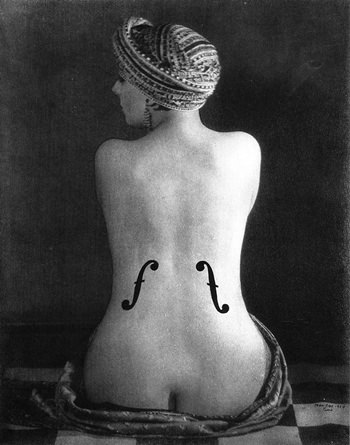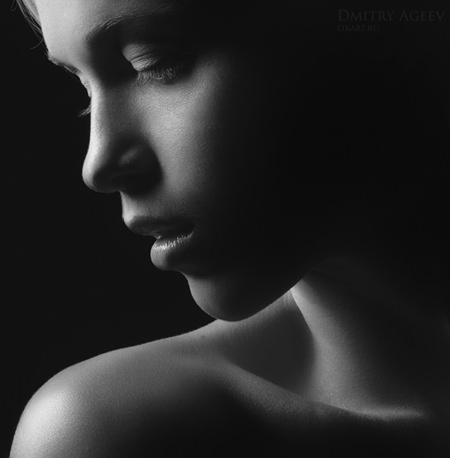
Paint it black was a hit single for the Rolling Stones about 1966; however, black has been part of photography since the outset. Black and White photos, called B&W between photographers, brings a discipline to the art, because it is an art.
The early photographers such as Nicephore Niepce struggled to produce crisp B&W. He then teamed up with Louis Jacques Mande Daguerre and experimentation began to get a photographic plate that was sensitive to the light being directed at the plate.
The early photographers continued to try and find a suitably sensitive chemical on the plate, to react to the light exposure. They stumbled along, not getting the sensitivity needed to be able to take a portrait, as the exposure times would be many, many minutes. Eventually a savior came in Josef Petzval who invented a lens by which the exposure times were one 16th the duration of the previous lenses used. Finally, portraiture was possible, and photography took off.

Compared to today’s high speed shutters and lenses, the photographers in the 1800’s still needed to keep the subject very still, and that is why they used props like walking canes and tables to keep the subject from moving.
With color photography, the photographer uses contrasting colors to give a photo impact, such as blue and yellow. I’m sure you’ve seen the girl in a blue dress in front of a yellow doorway. We have all done that one. Great pic but by relying on disparate colors, there is no mystery in the final print. And it is mystery you want. It is mystery that makes people look deeply at your photographs. It is mystery that draws people away from ‘record’ shots to ‘art’ shots.
Look at the photos with this week’s column. You know what it is – a photo of a woman – but the air of mystery stops identification. Who was she? Why was she there? Was she posed or was it a ‘grab’ shot? The simple answer is only the photographer knew, but it is a famous Man Ray photo taken in 1924, and the model was Kiki, his mistress. The other shot was to show how simple ‘hatchet’ lighting can produce B&W portraits worth hanging on the wall.
So how do you make B&W portraits like these? Forget Man Ray until you have a willing model, but the second portrait is very easy. You have to pick the position which has the light coming only from one side. Or if you have a studio light, you only use one of them
You can even use garden lights, illuminating the model from one side only. With color, garden lights give a strange orange cast, but in B&W you don’t care! My first lights were indeed garden lights, with blue gels taped over them. Not the best source, but again, for hatchet lighting perfectly adequate.
Try being adventurous this weekend. Hatchet lighting and see what you get in the end. Both you and the model will be amazed at what you can produce.
 |
 |
 |





